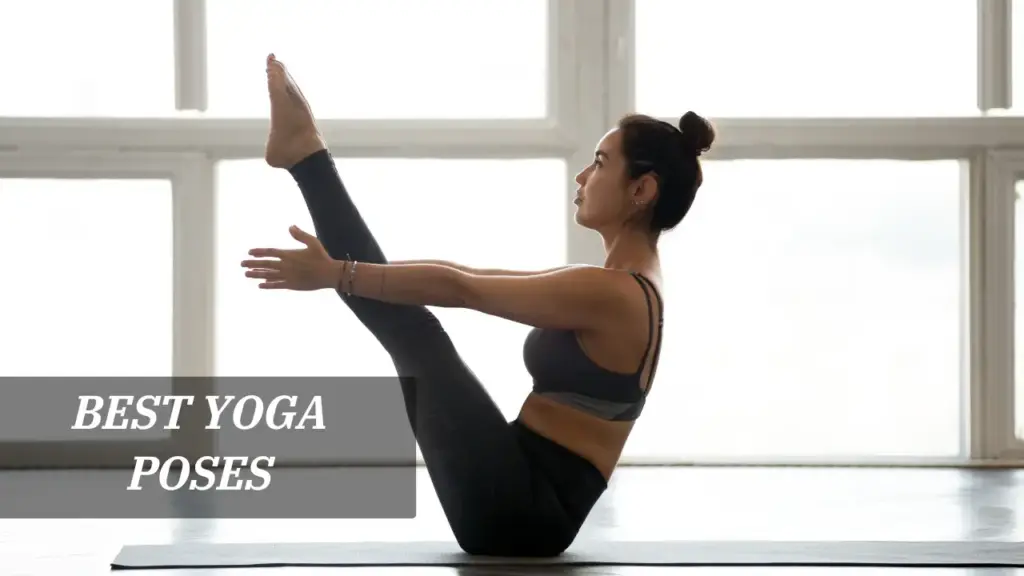Starting a yoga journey is an exciting step toward better health, flexibility, and mental peace. However, like any new endeavor, yoga also comes with a few challenges for beginners. Many new yogis unknowingly make small mistakes that can impact their progress and comfort. But with some guidance, these mistakes can be easily avoided, allowing you to experience yoga to its fullest. This article will help you identify these common missteps and provide practical tips to make your practice safer, more enjoyable, and more effective.
In this guide, you’ll learn about the frequent mistakes beginners make in yoga, how to correct them, and ways to stay mindful of your body and breath. We’ll cover everything from setting realistic goals to understanding the importance of alignment and breathing. By the end of this article, you’ll be well-equipped to start your yoga journey with confidence and awareness, avoiding the common pitfalls that can sometimes hinder new practitioners.
Start Slowly and Build Gradually
One common mistake many beginners make is rushing into yoga too quickly.
Setting Realistic Goals and Expectations
New yogis often get excited and set very high expectations, which can lead to disappointment or even injury. Yoga is a gradual journey, and results come over time. Instead of aiming for perfection, focus on progress. Begin with small, achievable goals, and allow your body the time it needs to adapt.
Embracing the Basics First
It’s tempting to try complex poses, but beginners should first master foundational poses like Mountain Pose, Child’s Pose, and Cat-Cow. These poses help in understanding alignment and build strength and flexibility, which are crucial for moving on to more advanced poses.
Focus on Breath and Stay Mindful
Yoga is not only about physical movement; breathing plays a significant role in making each pose effective.
Avoiding Breath-Holding
Many beginners unknowingly hold their breath during challenging poses. However, breathing is an integral part of yoga, as it helps you stay calm and focused. Practice deep, steady breaths throughout each pose to help release tension and make your movements smoother.
Mindful Breathing and Relaxation
Yoga emphasizes mindful breathing, which helps to calm the mind. Whether you’re in a resting pose or a challenging one, remember to focus on your breath. This awareness will enhance your practice and bring a sense of peace and relaxation.
Prioritize Alignment and Body Awareness
Improper alignment can lead to discomfort or even injury over time.
Listen to Your Body and Know Your Limits
Beginners often push themselves too hard, which can cause strain. Yoga is about connecting with your body, so listen to what feels right. If a pose feels uncomfortable, ease out and adjust. Practicing within your limits allows you to build strength without risk.
Using Props for Support and Balance
Props like blocks, straps, and cushions are valuable aids for beginners. They help in maintaining correct posture and balance, making challenging poses accessible. Don’t hesitate to use them, as they support your alignment and prevent unnecessary strain.
Starting yoga is a journey of self-discovery and growth. By avoiding these common mistakes and focusing on gradual progress, mindful breathing, and correct alignment, you’ll build a solid foundation for a long-lasting, fulfilling practice. With patience, dedication, and the right mindset, yoga can become a transformative experience that brings positivity to your daily life. Remember, yoga is a path, not a destination, so enjoy each step along the way.


